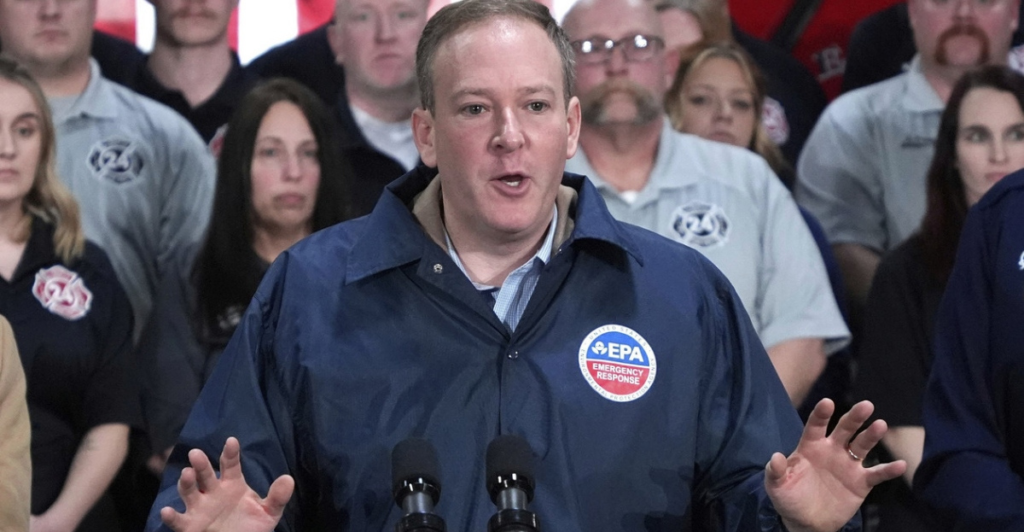
The Environmental Protection Agency’s unprecedented move to claw back $20 billion in climate funds has ignited a fierce legal and political battle, putting the Biden-era clean energy agenda and multiple White House agencies at risk. Under the Trump administration, EPA Administrator Lee Zeldin has spearheaded efforts to freeze and terminate grants that were already distributed to eight nonprofit groups through the Greenhouse Gas Reduction Fund, a centerpiece of the 2022 Inflation Reduction Act intended to drive clean energy projects in disadvantaged communities.
While Zeldin alleges the program is riddled with conflicts of interest and potential fraud, critics argue that no concrete evidence has been presented, and internal agency emails reveal deep concerns among government lawyers about this strategy’s legal vulnerabilities.
The Trump Administration’s Move to Freeze and Retake Funds
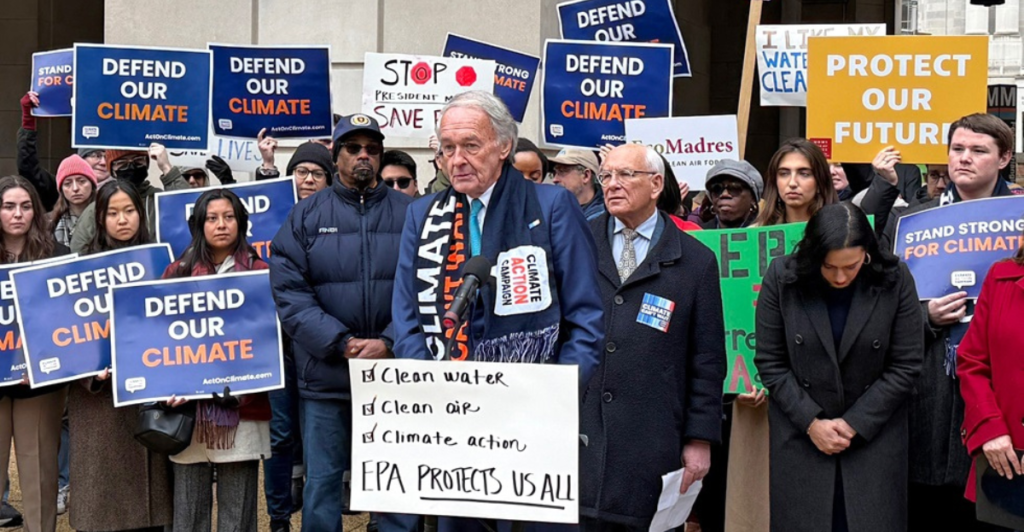
The Trump administration’s decision to freeze and attempt to reclaim billions in climate and infrastructure funds marked one of the most aggressive efforts to dismantle President Biden’s environmental legacy. On his first day back in office, President Trump signed an executive order directing federal agencies to halt the disbursement of grants approved under the Inflation Reduction Act and the Infrastructure Investment and Jobs Act, pending a review to ensure alignment with his administration’s priorities.
This sweeping action immediately threatened projects ranging from solar installations and energy efficiency upgrades in low-income communities to pollution cleanup and environmental justice initiatives nationwide. Despite multiple federal court orders instructing agencies to release the funds, the administration continued to seek ways to freeze the money and even moved to terminate grants already distributed to nonprofits.
Legal Risks and Internal Warnings

Internal government communications reveal that EPA lawyers were acutely aware of the significant legal risks involved in the Trump administration’s attempt to freeze and reclaim $20 billion in climate funds. Emails obtained by POLITICO show career attorneys warning that the agency’s strategy to terminate grants without concrete evidence of wrongdoing was legally vulnerable and could expose the government to billions in damages if courts ruled against them.
Despite these concerns, EPA Administrator Lee Zeldin proceeded with terminating grants based on broad allegations of fraud, waste, and conflicts of interest, even as investigations by the FBI and Justice Department were still ongoing and had not produced definitive findings.
Judicial Intervention and Temporary Restraining Orders

U.S. District Judge Tanya Chutkan issued a preliminary injunction preventing the EPA from unlawfully canceling approximately $14 billion in grants, emphasizing the lack of credible evidence presented by the agency to justify its actions. Despite the EPA’s insistence that terminating contracts is legally permissible even if wrongful, judges have demanded concrete proof of fraud or misconduct, which the agency has yet to provide.
These rulings have temporarily safeguarded the nonprofit organizations’ access to funds, though the EPA has indicated plans to appeal.
Impact on Nonprofit Recipients and Communities

Organizations like Climate United Fund, the Coalition for Green Capital, and Power Forward Communities, which were awarded billions to finance clean energy projects primarily in low-income and disadvantaged areas, have faced immediate operational disruptions. The freeze has hindered their ability to pay staff, disburse loans, and advance projects such as solar installations on tribal lands, affordable housing improvements, and distributed energy infrastructure across more than 30 states.
“You can try to ignore climate realities, but we’re feeling them,” says Alys Campaigne, climate initiative leader at the Southern Environmental Law Center. “So to back out of any kind of leadership role and to defund programs that were specifically designed to address these needs just shifts the risk and the cost back onto communities and individuals.”
Political and Policy Ramifications
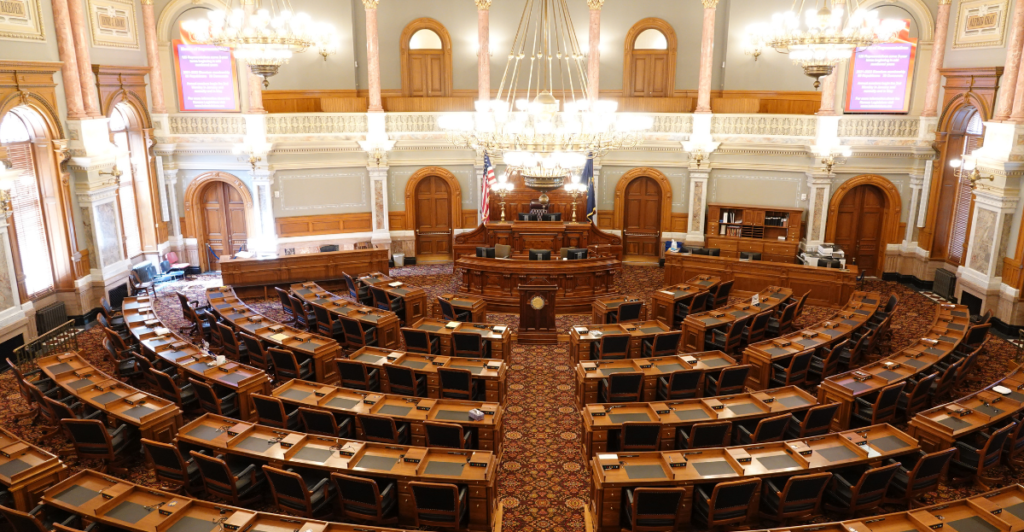
The move represents a stark reversal of the Biden administration’s climate agenda, signaling a broader effort by the Trump administration to dismantle federal support for clean energy and environmental justice initiatives. This has sparked fierce partisan conflict, with Democrats condemning the EPA’s actions as politically motivated and harmful to vulnerable communities. At the same time, Republicans frame it as necessary oversight to prevent alleged mismanagement.
“Undermining the trust in the federal government may be the real point of this,” says Zara Ahmed, vice president of policy and advisory operations at Carbon Direct.
Conflicts of Interest and Oversight Allegations
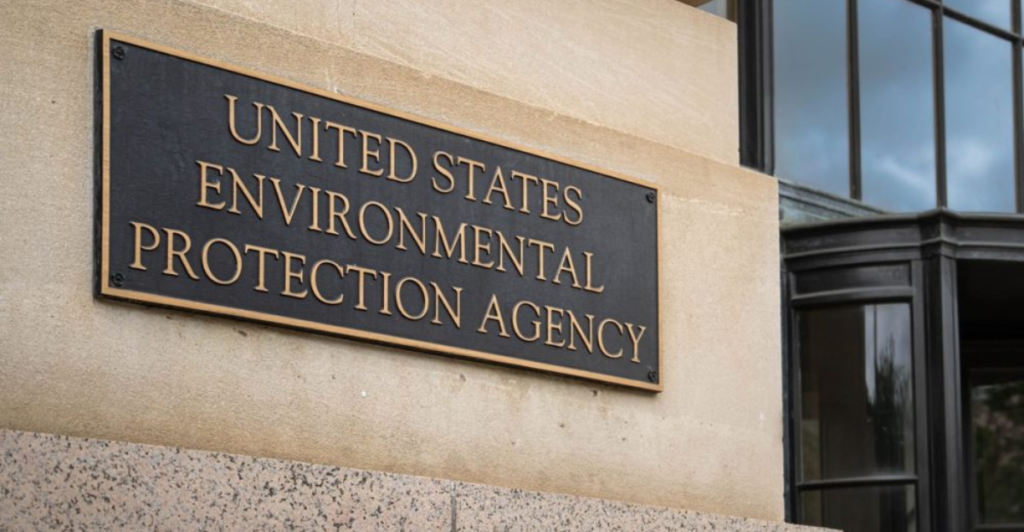
The agency operates under a stringent Financial Assistance Conflict of Interest Policy, established to prevent personal and organizational conflicts in awarding and administering federal grants. The policy requires recipients to disclose any actual or potential conflicts both before and after awards are made. The Trump administration, led by EPA Chief Lee Zeldin, characterized the Greenhouse Gas Reduction Fund grants as “fraught with conflicts of interest and inefficiencies,” using these assertions to justify freezing and terminating contracts.
Critics and nonprofit recipients argue that no substantial evidence of fraud or misconduct has been presented, and courts have repeatedly demanded concrete proof before allowing the EPA to cancel grants.
The Role of Citibank and Financial Intermediaries
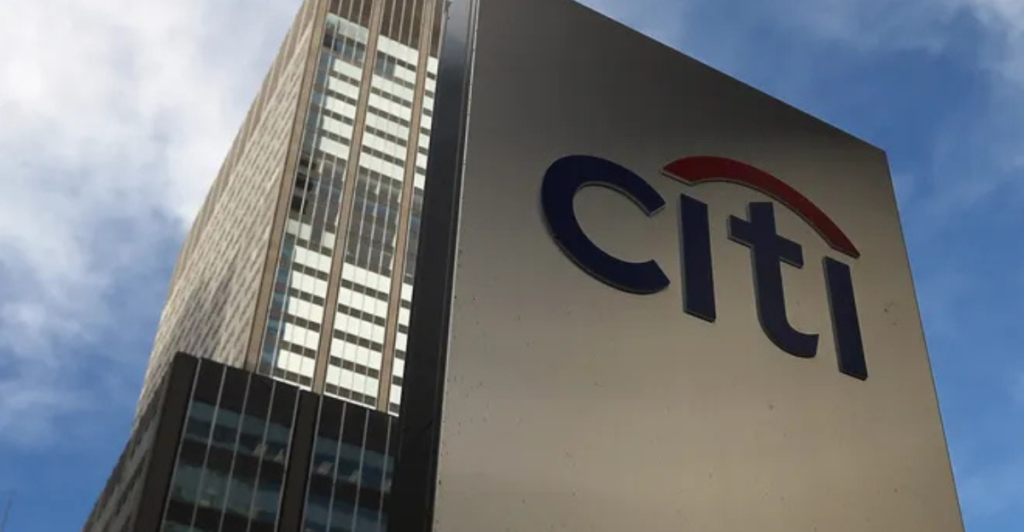
Citibank held the grants in money market accounts designed to generate investment income while facilitating timely disbursements to nonprofit recipients for clean energy projects. However, following EPA Administrator Lee Zeldin’s announcement to reclaim the funds, Citibank ceased releasing money to grantees, effectively freezing nearly $7 billion in critical funding.
This move placed the bank in a difficult position, caught between contractual obligations to the nonprofits and pressure from the EPA and the Department of Justice amid ongoing investigations. The resulting legal battles, including a lawsuit filed by Climate United Fund against both the EPA and Citibank, have led courts to issue orders requiring Citibank to release funds to the grantees, recognizing the imminent harm caused by the freeze.
Financial and Legal Exposure for the Government

Internal EPA legal counsel warned that the agency’s approach, which involved terminating grants without concrete evidence of fraud or misconduct, carries “significant legal vulnerabilities” and could result in billions of dollars in damages if courts find the actions unlawful. “It is not unusual at all that for policy directives … there is some assessment by the Office of General Counsel that it presents some legal vulnerability,” he said. “It is less normal, I think, to phrase it as having ‘significant’ legal vulnerabilities.”
If the courts ultimately reject the EPA’s efforts, taxpayers could be liable for the original grant amounts and additional damages and legal costs, compounding the financial risks. This legal uncertainty also threatens to undermine confidence in federal climate funding programs and disrupt critical clean energy projects in vulnerable communities.
The Stakes for Climate Action
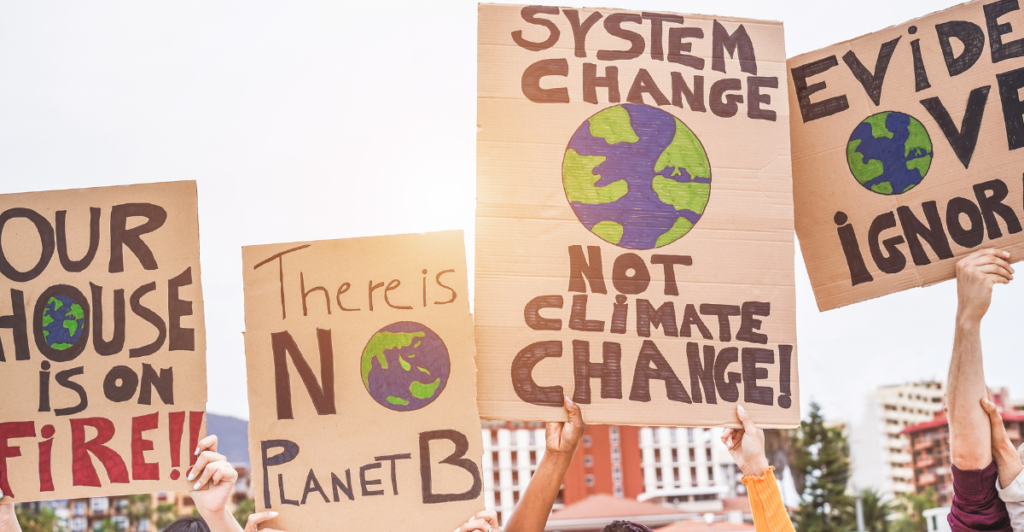
This fund, created under the Inflation Reduction Act, represents a historic investment to mobilize private capital to finance thousands of clean energy and climate resilience projects across the United States, particularly in low-income and disadvantaged communities.
“What’s at stake here is that the communities that need clean energy the most, because of the cost savings, because of the jobs, because of the health implications of reducing air pollution, those communities are the ones that have been left out of the clean energy transition that’s already well underway,” said Andreas Karelas, founder and executive director of RE-volv.
Explore more of our trending stories and hit Follow to keep them coming to your feed!

Don’t miss out on more stories like this! Hit the Follow button at the top of this article to stay updated with the latest news. Share your thoughts in the comments—we’d love to hear from you!







